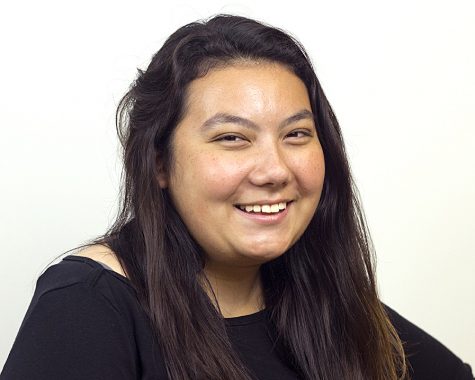Eastern offers dual credit courses to high school students
June 24, 2017
University officials hope to recruit students by using dual credit classes taught in both regional and non-regional high schools.
Two initiatives were explained at the Board of Trustees retreat Saturday.
Before 2015, four-year institutions could not have dual credit classes in high schools, but this changed with the Dual Credit Quality Act, which allowed universities to start doing so.
This past spring, Eastern started a pilot program regional high schools to offer dual credit classes.
Two employees working to make this happen were communication disorders and sciences professor Rebecca Throneburg and Karla Sanders, the executive director of the Center for Academic Support and Assessment, Provost Blair Lord said.
The university’s model is that a university faculty member would be the instructor of record, and the high school teacher would help the faculty member and provide the coursework.
The class would essentially be taught online, Lord said. The Eastern faculty member would design the course with D2L materials, videos, Skype session, and lectures. For a certain number of days a week a high school teacher would be in the classroom.
This class taught this past spring was a communication studies class with professor Rich Jones, who coordinates the basic communication studies course on campus.
Lord said Eastern worked with two high schools and ended up having 26 students express interest in the program, with 24 students successfully completing the course.
The class cost fifty percent of what it would cost a student on campus to take it, but Lord said the university still made a “nice piece of change.”
He said this coming year, about 400 students are expected to be involved and Eastern is looking to expand the dual credit classes taught with an English lit class, a history course, and others.
Up to 12 high schools have expressed interest and the university is continuing to talk to others.
Lord said this puts the best instructors in front of high school students and gives them an Eastern transcript, getting them a connection with the university and making them more recruitable.
Another initiative is in the works that would involve districts that are not regional.
Instead of faculty teaching courses like they are in regional areas, they would act more as course coordinators, the way they already do at Eastern, Josh Norman, associate vice president for enrollment management, said.
This will allow the university to impact over 1,000 students, even, in areas where the saturation is less than one percent.
More details on this plan will become available as everything becomes finalized.
Cassie Buchman can be reached at 581-2812 or cjbuchman@eiu.edu


































































